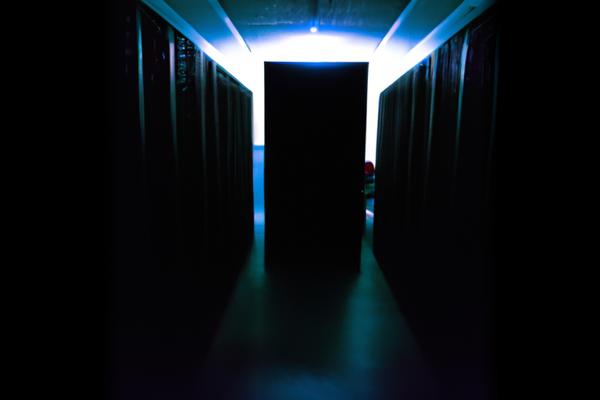The Sellafield nuclear site in the UK has recently been targeted by hackers with ties to Russia and China. This cyber attack [2] [3], discovered in 2015 [2] [7], exposed numerous cybersecurity issues at the site, which have been known to management for at least the past 10 years [6]. The breaches compromised the security of the world’s largest storage facility for radioactive plutonium and raised concerns about the potential exploitation of sensitive data.
Description
The cyber attack on the Sellafield nuclear site involved sleeper malware embedded in its computer networks. The breach was only discovered when Sellafield staff at an external site found they could access the site’s servers and reported it to the UK Office for Nuclear Regulation (ONR). The ONR conducted an investigation into the site’s vulnerabilities [6], revealing that external contractors could have exploited the vulnerabilities [6]. As a result, Sellafield was placed under special measures for consistent cyber security issues, confirming the plant’s failure to meet cyber standards [8].
The breaches have raised concerns about the potential exploitation of sensitive data by Britain’s enemies, as the insecure server contains valuable information. The National Cyber Security Centre has warned of the risk of cyber attacks on critical national infrastructure from Russia and China [7] [8]. Both Sellafield and the ONR have declined to comment on the breaches and allegations of a cover-up [1]. The Office for Nuclear Regulation has confirmed that Sellafield is failing to meet its cyber standards [4] [7].
The extent of data loss and ongoing risks is difficult to determine due to Sellafield’s failure to inform nuclear regulators [1] [2] [5]. Sellafield is one of Europe’s largest nuclear sites and stores significant amounts of radioactive waste [7], including the largest stockpile of plutonium [1] [5] [7] [8]. The facility also houses emergency planning documents for use in the event of an attack or disaster [7]. The breaches raise concerns about the safety of the site and the potential risks to sensitive data [7].
Conclusion
The cyber attack on Sellafield has had significant impacts on the site’s security and raised concerns about the potential exploitation of sensitive data. The breaches have highlighted the need for improved cybersecurity measures and stricter adherence to cyber standards. The full extent of data loss is unknown due to the plant’s failure to inform nuclear regulators [3], making it difficult to assess ongoing risks. Moving forward, it is crucial for Sellafield to address its cybersecurity issues and ensure the safety of the site and the protection of sensitive information.
References
[1] https://www.theguardian.com/business/2023/dec/04/sellafield-nuclear-site-hacked-groups-russia-china
[2] https://www.express.co.uk/news/uk/1841927/Sellafield-nuclear-site-hacked-china-russia
[3] https://www.gbnews.com/news/sellafield-russia-and-china-hack-uk-dangerous-power-plant
[4] https://flooditsupport.com/it-news-cybersecurity/groups-tied-to-russia-and-china-reportedly-hack-uks-most-dangerous-nuclear-site/
[5] https://thegeopost.com/en/analysis/sellafield-nuclear-site-hacked-by-groups-linked-to-russia-and-china/
[6] https://news.yahoo.com/hackers-linked-russia-china-breach-161454946.html
[7] https://newsable.asianetnews.com/world/uk-sellafield-nuclear-plant-faces-security-breach-as-chinese-and-russian-linked-groups-hack-systems-report-snt-s55g3b
[8] https://www.mirror.co.uk/news/world-news/sellafield-nuclear-plant-hacked-chinese-31594095





